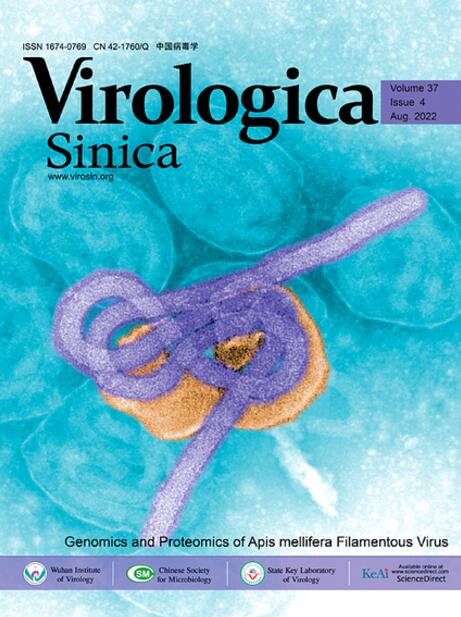Clinical outcomes after HBsAg clearance in chronic hepatitis B patients treated with Peg-IFN α: A study with an 11- to 173-month follow-up
IF 4
3区 医学
Q1 Medicine
引用次数: 0
Abstract
To investigate the risk and influencing factors of long-term liver adverse events in chronic hepatitis B patients achieving hepatitis B surface antigen (HBsAg) clearance after pegylated interferon α (Peg-IFN α) treatment, a retrospective analysis was conducted on 456 patients at Beijing Ditan Hospital from 2008 to 2023 who achieved HBsAg clearance and discontinued Peg-IFN α treatment. The baseline was defined as the time of HBsAg clearance and treatment cessation. The endpoint was the first occurrence of liver adverse events (hepatocellular carcinoma or ascites) or last follow-up. Subsequently, we evaluated the incidence and risk factors of liver adverse events, along with changes in liver fibrosis, cirrhosis, and liver function indicators. During a median follow-up of 70 months, the incidence of liver adverse events was 2.30%, hepatocellular carcinoma 1.76%, and ascites 0.55%. Older age and cirrhosis were significant risk factors (HR 1.075 and 41.393, both P < 0.01). The APRI score significantly improved at follow-up compared to baseline (0.53 vs. 0.25, P < 0.001), and cirrhosis prevalence decreased from 5.70% to 0.88% (P < 0.001). In conclusion, patients who achieved HBsAg clearance and discontinued Peg-IFN α treatment have a low risk of liver adverse events, while advanced age and cirrhosis remain major risk factors.
Peg-IFN α治疗慢性乙型肝炎患者HBsAg清除后的临床结果:一项随访11至173个月的研究
为探讨聚乙二醇化干扰素α (Peg-IFN α)治疗后hbv表面抗原(HBsAg)清除的慢性乙型肝炎患者发生长期肝脏不良事件的危险因素及影响因素,回顾性分析2008年至2023年北京地坛医院456例HBsAg清除后停用Peg-IFN α治疗的患者。基线定义为HBsAg清除和停止治疗的时间。终点是首次发生肝脏不良事件(肝细胞癌或腹水)或最后一次随访。随后,我们评估了肝脏不良事件的发生率和危险因素,以及肝纤维化、肝硬化和肝功能指标的变化。在中位随访70个月期间,肝脏不良事件发生率为2.30%,肝细胞癌发生率为1.76%,腹水发生率为0.55%。年龄较大、肝硬化为重要危险因素(HR 1.075、41.393,P均< 0.01)。与基线相比,APRI评分在随访时显著提高(0.53 vs. 0.25, P < 0.001),肝硬化患病率从5.70%降至0.88% (P < 0.001)。总之,获得HBsAg清除并停止Peg-IFN α治疗的患者肝脏不良事件的风险较低,而高龄和肝硬化仍然是主要的危险因素。
本文章由计算机程序翻译,如有差异,请以英文原文为准。
求助全文
约1分钟内获得全文
求助全文
来源期刊

Virologica Sinica
Biochemistry, Genetics and Molecular Biology-Molecular Medicine
CiteScore
7.70
自引率
1.80%
发文量
3149
期刊介绍:
Virologica Sinica is an international journal which aims at presenting the cutting-edge research on viruses all over the world. The journal publishes peer-reviewed original research articles, reviews, and letters to the editor, to encompass the latest developments in all branches of virology, including research on animal, plant and microbe viruses. The journal welcomes articles on virus discovery and characterization, viral epidemiology, viral pathogenesis, virus-host interaction, vaccine development, antiviral agents and therapies, and virus related bio-techniques. Virologica Sinica, the official journal of Chinese Society for Microbiology, will serve as a platform for the communication and exchange of academic information and ideas in an international context.
Electronic ISSN: 1995-820X; Print ISSN: 1674-0769
 求助内容:
求助内容: 应助结果提醒方式:
应助结果提醒方式:


